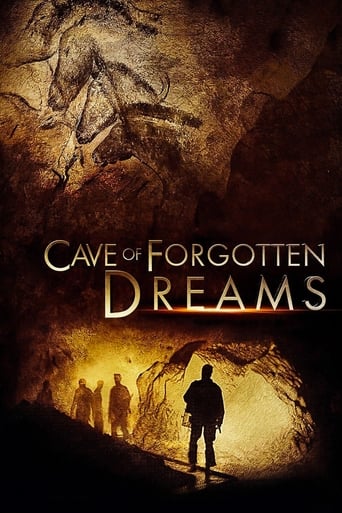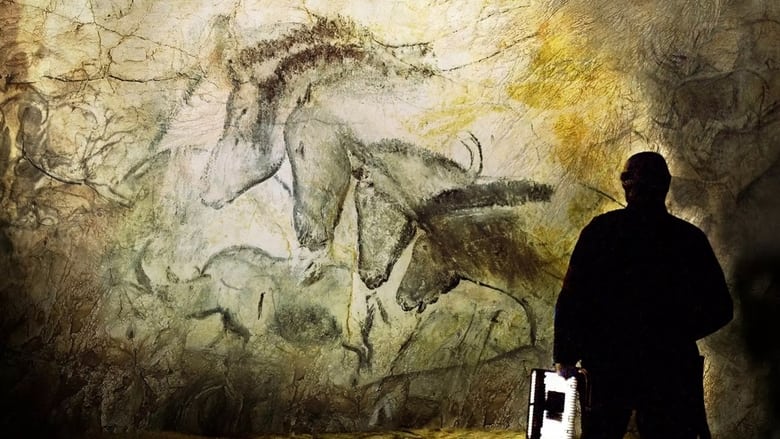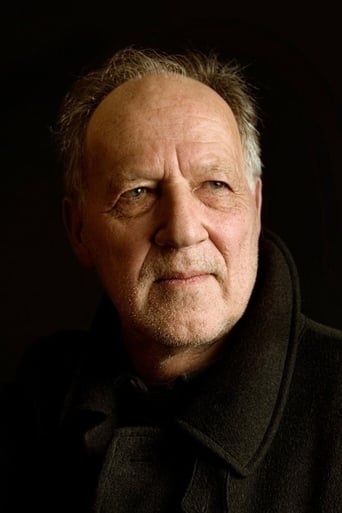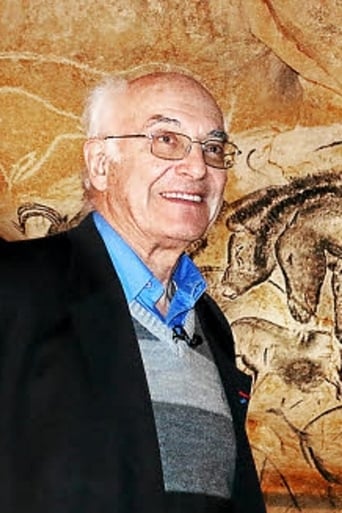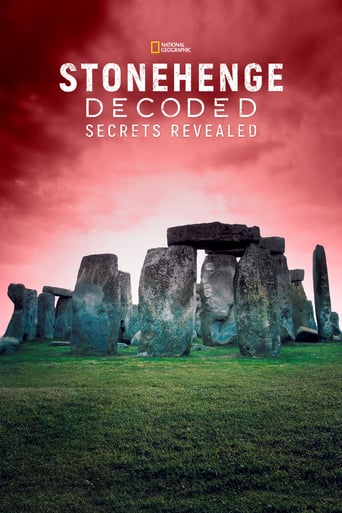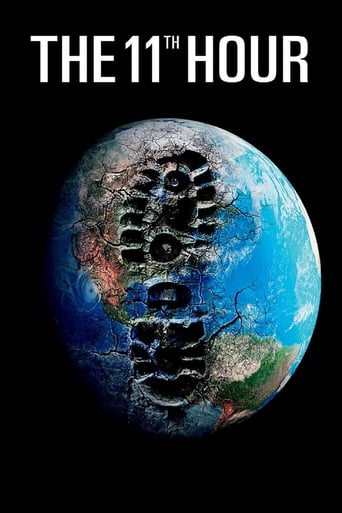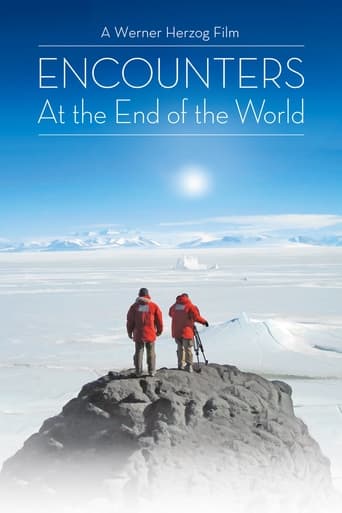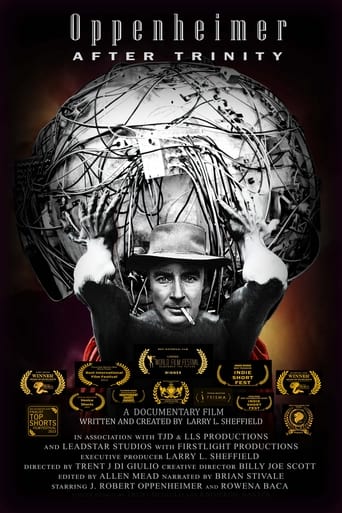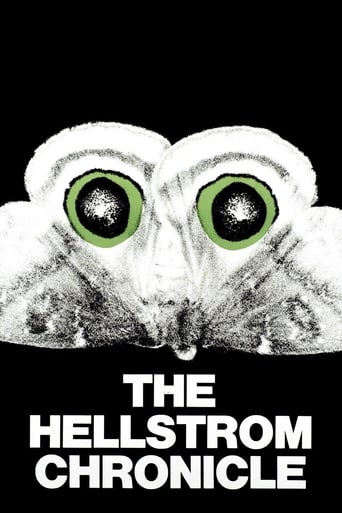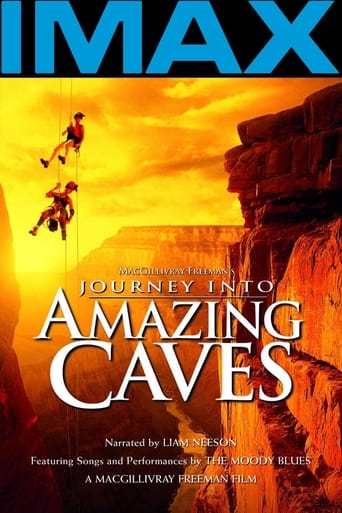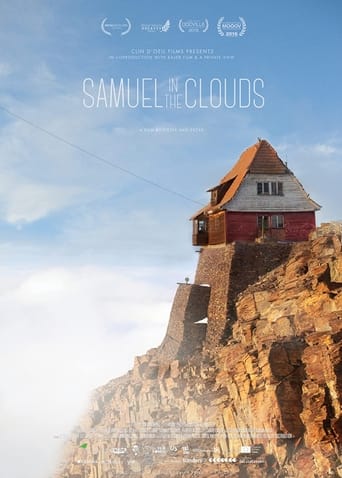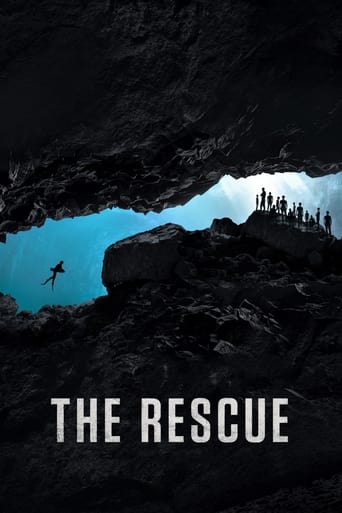Cave of Forgotten Dreams (2010)
Werner Herzog gains exclusive access to film inside the Chauvet caves of Southern France, capturing the oldest known pictorial creations of humankind in their astonishing natural setting.
Watch Trailer
Cast
Similar titles
Reviews
Excellent, Without a doubt!!
This is a tender, generous movie that likes its characters and presents them as real people, full of flaws and strengths.
Fanciful, disturbing, and wildly original, it announces the arrival of a fresh, bold voice in American cinema.
what a terribly boring film. I'm sorry but this is absolutely not deserving of best picture and will be forgotten quickly. Entertaining and engaging cinema? No. Nothing performances with flat faces and mistaking silence for subtlety.
I don't usually write reviews. In fact I don't think I've ever written one. My basic comments are similar to others I've seen here. The basic story of this cave art (assuming everything to be legitimate) is very interesting. But to most of us, this is probably a 5-10 minute story. The images are immediately stunning; but unless you are fascinated by the minutiae of artwork, it can't justify 60+ minutes. There are only so many times I can see the same horses, rhinos and lions etc. Then to boot, they tried to add some "filler" (e.g. interviews of people outside the cave), but the filler is very tangential and of borderline value. E.g. one guy who looks for caves by sniffing the air; with no suggestion that this actually works. And a former circus-worker theorizing about ancient art (based on a very loosely-relevant story about Australian art). And a guy explaining hunting with the atlatl (without using the term), with no real connection to the cave. I would have been interested in e.g. the actual finding of the cave itself (e.g. an interview of the persons who found it, or original accounts); or e.g. a scientific discussion of how we know that this is legitimate and not a hoax (aside from one very brief comment about some sort of growth over the art supposedly proving that it's real). Or heck, even of how they built that walkway in the cave without disturbing the surrounding floor. And there's not even any discussion of the absence of people (predominately) from the artwork. So it seems like there is other "filler" that might have worked (i.e. relevant and interesting filler). Nuff said I guess.
Scientist guessing and using there imagination is not work. This movie has nothing but guesses and a lot of fiction. Non-sense. to have a previous circus juggler now get promoted to a scientist and an ancient site being turned into a tourist site is ridiculous. No information on the tools they used to paint!?! and no engravings?!?. It absolutely primal. I enjoyed the music but other than that it seem too unbelievable, It doesn't seem to really have any substance for real historians. Now if you want to be entertained I suggest the library. The black markings were made by what?? and the cave the remained sealed for 10,000 years with the deterioration.
A large chunk of Werner Herzog's many documentaries focuses on dwarfs, disabled or severely handicapped human beings ("Land of Silence and Darkness", "Handicapped Future" etc). These films tend to be absurdist allegories about a mankind which either triumphs or perishes in the face of what Schopenhauer called Nature's "appalling horror". Then you have Herzog's explicitly religious docs ("God's Angry Man", "Wheel of Time", "Huie's Sermon", "How Much Wood Would a Woodchuck Chuck", "Bells From The Deep" etc). These typically focus on different forms of belief (tribal mysticism, mainstream religions, capitalism-as-belief-system etc), ordering systems which, when faith in them collapses, results in the mental breakdowns of Herzog's "mad" protagonists. But for Herzog, belief is itself psychosis and those deemed madmen are but hyper-rational, often with some fantastic insight into reality.Another subset of Herzog's documentaries ("Echoes from a Somber Empire", "Happy People", "Herdsmen of the Sun", "Jag Mandir") tends to delve into different, often primitive cultures. These give way to documentaries like "World Into Music" and "Death for Five Voices", which focus on music, usually Wagner or opera. Then you have Herzog's "flying documentaries" ("The Flying Doctors of East Asia", "Wings of Hope", "Little Dieter Needs To Fly", "The Great Ecstasy of Woodcarver Steiner" and "The White Diamond"), which again hinge on frail human beings who attempt to lift themselves above a cruel and malevolent Nature. The jungles usually win, of course, leading to calamities, crashes and stark shots of vines strangling steel wreckage.Another subset of Herzog's documentaries focus on either war ("Ballad of a Little Soldier", "Lessons of Darkness") or anticipates outright the apocalyptic end of the world ("Lessons of Darkness", "Wild Blue Yonder", "Encounters at the end of the world"). For Herzog, humanity seems destined to perish and his camera often takes on the perspective of a future, almost alien archaeologist, foraging amongst the wreckage of some long extinct race.Then you have Herzog's explorer documentaries ("Wild Blue Yonder", "White Diamond", "Dark Glow of the Mountains", "Grizzly Man", "Encounters at the End of the World"), which tend to watch as scientists, adventurers or inventors embark on allegorical journeys. Here, nature is often shot so as to resemble either hellish cauldrons or religious cathedrals. Some of Herzog's explorers meet death, some succeed. Typically these men are presented as outcasts who live on the fringes of society, some stable, some unstable, some geniuses, some deeply disturbed.Whilst all of Herzog's documentaries have complex overlaps and can't be as neatly grouped as written above, all chart a broad movement away from German Romanticism, and so the sublime, to absurd, serio-comic tragedies. Or, perhaps more correctly, the majesty, awe and horror of Romanticism is itself that which puts Herzog's characters in an absurd light. Human's are tragic because they are, in Herzog terms, essentially dwarfs. Indeed, the theoretical foundation for the early German Romantics, the Schelegel Brothers' publication of Athenaeum (1798-1800), specifically listed "alienation" and "absurd irony" as the bedrocks of the new intellectual/artistic movement; German Romanticism wasn't just all about grand landscapes and tall trees.Werner Herzog's "Cave of Forgotten Dreams" centres on the Chauvet caves in Southern France, the location of a series of Paleolithic cave paintings which were once thought to be the oldest surviving paintings in the world. The film watches as various scientists (typical of Herzog, they're presented as outcasts, some even former circus workers) investigate the caves, but Herzog is more interested in the ways in which the palaeolithic world is both similar to ours, and forever unknowable. The scientists map and search, but are always alienated from the past, and so desperate to connect with and project upon it. These desires then echo those of our own, ancient cave dwelling ancestors.Much of the film's middle section watches as Herzog draws parallels between cave paintings, 3d films, cinema and the robot camera he uses for several of "Cave's" elaborate shots. Elsewhere Herzog points out that there are 5000 year gaps between some of the paintings. "This duration of time is unimaginable for us today," he says, and later implies that "we are locked in history" whilst "they were not". Our history, our time, is compressed, seemingly moving faster and faster, whilst paleolithic man seems stuck in an infinite moment. The film then launches into a subplot which describes history, not as teleology, but as a complex process with its own causalities. Herzog caps this off with the tale of an albino alligator which stares at its own reflection and which is morphed by climate changes which are themselves wrought by human activity. Humans change, adapt, mutate themselves, but are always looking backwards, back in time perhaps, at their own misconstrued reflections. The film then ends with a prehistoric palm print.Overlong and repeating things Herzog has done before, and better, "Dreams" is a mixed bag. With his doppelganger alligators – like us, the alligator is both contemporary and prehistoric – Herzog aims for the sublime, but can't quite manage. Elsewhere he attempts to imbue his caves with cathedral-like, spiritual qualities, but these moments don't quite come off. For Herzog, the cave is a temple which houses "the beginnings of the modern human soul", a temple which he hopes to fill with subdued passions and profound mystery.What works better is Herzog's dry humour. One scene, for example, features Herzog likening modern man's love for "Baywatch" with ancient sculptures, with their exaggerated hips and breasts. Maybe ancient humans were just like us; a bunch of perverts.7.9/10 - Worth one viewing.
If you go to see this documentary, you will learn pretty well everything there is to learn about the astonishing 30,000 year-old paleolithic paintings in the Chauvet Cave in southern France. The paintings and the beautiful cave are competently filmed and presented in almost loving detail. Various experts are called in to explain it all. The most amazing fact in the movie is that carbon dating has revealed that the cave was used for over 5,000 years for the same purpose.The film maker and his crew had to deal with extraordinary restrictions, but they succeeded in showing in full 3D glory the importance and artistry of this cultural wonder. This is a place none of us will ever visit, but this film shows the movie goer exactly what it is like.The downside is that this exposition is accompanied by far too much dialogue, including some that I can only describe as trite, irrelevant and rather pompous philosophising. There was also an incomprehensible postscript involving albino crocs. With great respect to Mr Herzog, I think much of this should have been edited from the film. I wouldn't say it ruined the movie, but it did leave one wishing it would end. I realise that Mr Herzog wanted this to be more than a Nat Geo special, but I think most of us would have been much more interested in seeing visualisations and re-creations of the animals depicted and the lives of the paleolithic artists.
